Embed presentation
Download to read offline
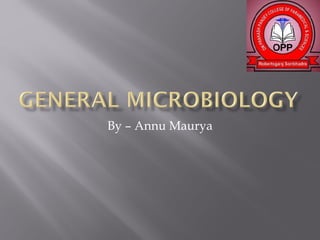
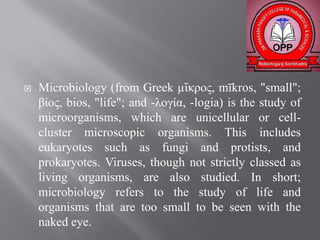
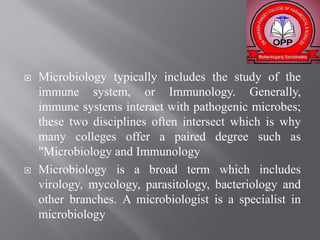


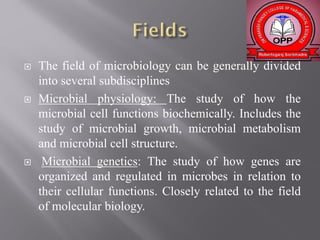


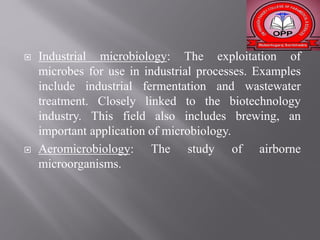
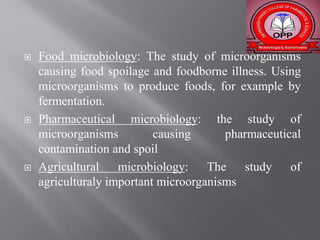
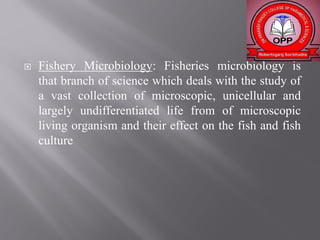

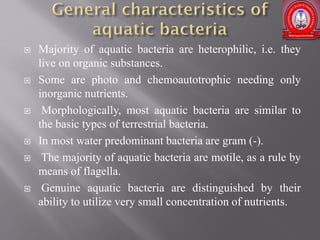
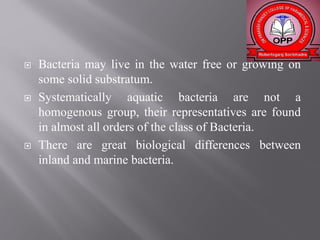
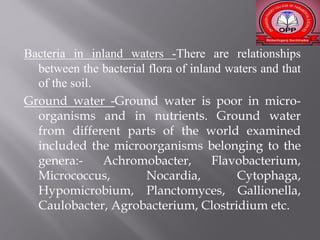
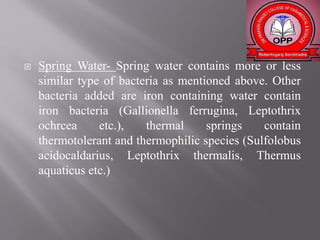
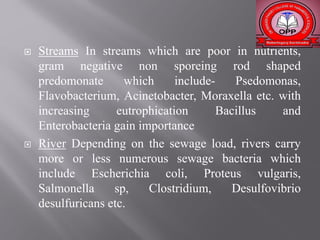
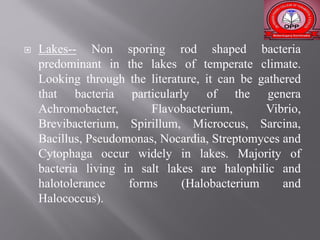
Microbiology is the study of microscopic organisms like bacteria, fungi, and protists. Key developments included the first observation of microbes by Antonie van Leeuwenhoek in 1676 and their role in disease was established. Microbiology has many subdisciplines including medical microbiology, environmental microbiology, and industrial microbiology. Aquatic microbiology involves the study of microbes that live in water environments like streams, lakes, and oceans and how they differ from terrestrial bacteria.

















